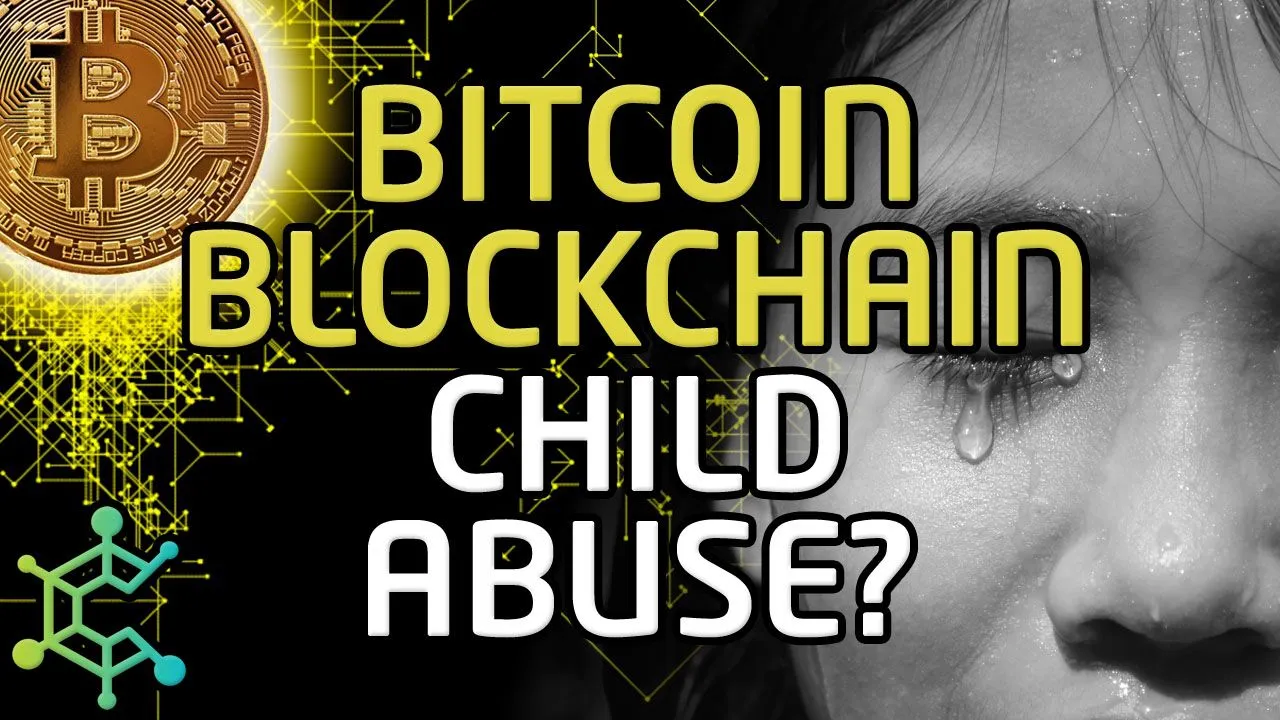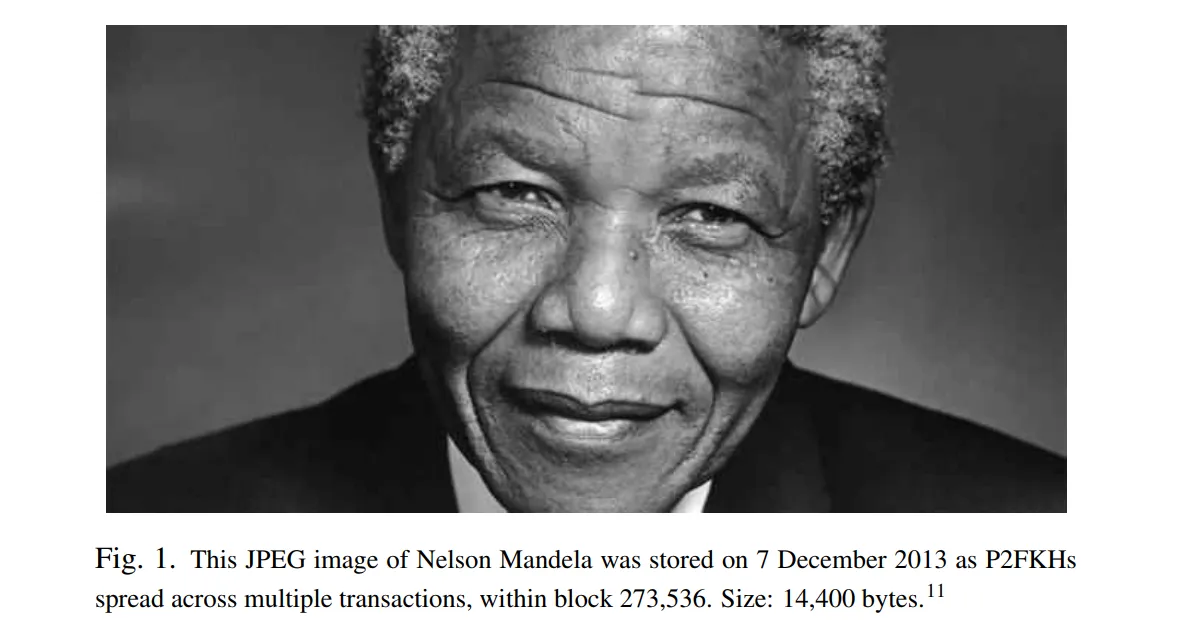
In the past few days, various news sites have been claiming that there is child pornography on the Bitcoin blockchain. In true modern journalistic style, many of the articles reporting on it failed to include the link to the study. Many of the headlines read that child pornography was found on the blockchain, but later in the article made the softer claim of links to such websites, such as in this article
"Then there were the clearly harmful files. Of the total, 59 files had links to images of child exploitation"
Arrested for a URL
Despite my best efforts, I couldn't find any cases where anyone had been arrested for possession of a web address in general, let alone for the ones on the blockchain, even though this problem has been known publicly since 2013, and it wouldn't be hard for law enforcement to trace the IP of a Bitcoin node.
However, an arrest might be possible as many jurisdictions have statutes regarding the dissemination or communication of such material.
Technically impossible?
One article by Kai Sedgwick of Bitcoin.com claims that it's technically impossible to store images on the Bitcoin blockchain, as you can only store 80 or 100 bytes of data in a transaction - enough for a sentence of text, but not enough for an image.

In the comments, someone mentioned that there's more to it. You can store larger amounts of information on the blockchain, using transactions with multiple outputs. Every output contains a small amount of data, and if you have the know-how to put the puzzle pieces together, you can assemble the document stored there. One such transaction contains the Bitcoin whitepaper.
A paper from Augustuna College, Data Insertion in Bitcoin's Blockchain lays out various methods of storing data on the Bitcoin blockchain, and gives examples from the wild, including this picture of Nelson Mandela:

The image in question
So it's technically possible to store images, and it has been done. Some of these articles are claiming that there are only links, and some are claiming that there is one illegal image in the Bitcoin blockchain. This is the paper they're citing - A Quantitative Analysis of the Impact of Arbitrary Blockchain Content on Bitcoin
Matzutt and his colleagues write:
Bitcoin’s blockchain contains at least eight files with sexual content. While five files only show, describe, or link to mildly pornographic content, we consider the remaining three instances objectionable for almost all jurisdictions: Two of them are backups of link lists to child pornography, containing 274 links to websites, 142 of which refer to Tor hidden services. The remaining instance is an image depicting mild nudity of a young woman. In an online forum this image is claimed to show child pornography, albeit this claim cannot be verified (due to ethical concerns we refrain from providing a citation).
In case you're unaware, Tor is a browser used for accessing the Dark Net where a lot of illegal activity occurs. Tor addresses are frequently changed, and so it's likely that the addresses contained in the blockchain are no longer current.
So the real story is, there are many, likely outdated and useless, Dark Net links on the Bitcoin blockchain, and one image of a mildly nude young woman of indeterminate age. Of course, it's possible that someone will put up illicit images at any moment.
Possible solutions
Active filtering
I've already seen some control freaks saying that every piece of data should be screened before it enters the blockchain. To most Bitcoiners, that conjures an image of a government coin agent, putting a big red "REJECT" or "ILLEGAL" stamp onto applications to pay their water bill, turning the new medium into a bureaucratic organisation akin to the DMV.
The idea of attempting to control data entering the system goes against the idea of "innovation without permission", and for that reason it's unlikely to be accepted - firstly, because it goes against the freedom allowed by the Bitcoin infrastructure, and secondly, if it ever were implemented, people would just innovate a new system to avoid it.
Pruning the blockchain
There's a common misconception that, if you have the Bitcoin blockchain, you have to have the entire thing. In fact, many nodes remove unnecessary data, which is known as "pruning". If illicit images becomes a serious problem on the blockchain, miners and other nodes can maintain an off-chain record of which data to delete.
You don't have to have the blockchain at all in order to use Bitcoin, but many enthusiasts like to have it. For those few, it might be impractical to prune the offensive data, compared to mining operations which can design systems for it.
Bitcoin developer Gregory Maxwell proposed a solution to ensure that excess data would be prunable, though it was never implemented.
A guilty mind and a guilty act
Once upon a time, there was a concept in law called "mens rea" or "guilty intent". You had to have the intent to do something bad to be convicted of a crime - the act alone isn't sufficient. Clearly, most people who download an entire, intact copy of the Bitcoin blockchain, all 149 gigabytes of it, aren't doing it so they can get a single image of a mildly nude woman, or some Dark Net links. They're doing it because they want to facilitate and confirm transactions.
Of course, that doesn't mean that people won't be prosecuted for holding the Bitcoin blockchain. There are many cases of governments finding excuses to arrest people they find politically inconvenient, and technology like blockchain is indeed inconvenient.
For example, In 1994, Nixon's assistant for domestic affairs John Daniel Ehrlichman said, "The Nixon campaign in 1968, and the Nixon White House after that, had two enemies: the antiwar left and black people. You understand what I’m saying? We knew we couldn’t make it illegal to be either against the war or black, but by getting the public to associate the hippies with marijuana and blacks with heroin, and then criminalizing both heavily, we could disrupt those communities. We could arrest their leaders, raid their homes, break up their meetings, and vilify them night after night on the evening news. Did we know we were lying about the drugs? Of course we did."

The point is, if you want to attack a class of people, it's a lot easier to go after something tangential which is easily demonised. It's hard to ban Bitcoin directly, but it's easy to get people angry about child abuse.
In this case, I expect that authorities won't get involved, as that is the natural continuation of their past and present behaviours.
Conclusion - the most likely solution
When you look at a man or a woman, at a friend at his death for example, there are many ways to assess his life. Maybe you would think about the time he never paid you back the money he owed you, or judge him for the times he shoplifted as a youth. More likely, you'd think about the fond memories you shared together, the simple moments of pleasure, and the positive effect he had on those around him.
A blockchain is similar, a record of many mutually beneficial transactions, many of which would not have been possible before this technology existed - allowing Venezuelan smugglers and African nomads to feed their families, and even move into prosperity. It might be a rush to judgement, to call for people to "delete all your blockchain records", as some authors have done.
The solution that is most likely with Bitcoin is a simple one, and some won't like it, though in time they will also participate. The solution is: Just ignore it, and then forget it. The blockchain offers little likelihood of justice for anyone who might have been abused, but nor does it offer further abuse. If you never take the time to decode the images or links, if you forget about them, they may as well not be there.
For most Bitcoiners, this news story will appear as short-term noise, just as it eventually became the first time it was mentioned. It will likely have no lasting effect on price or use of the currency, and soon enough the alarmists will shout about other things.
Image attribution: Bitcoin Crying girl
